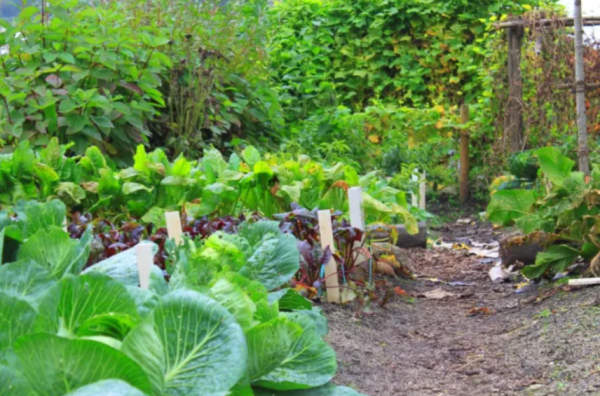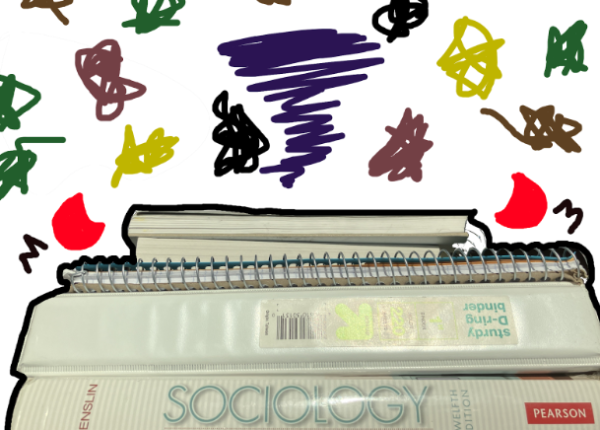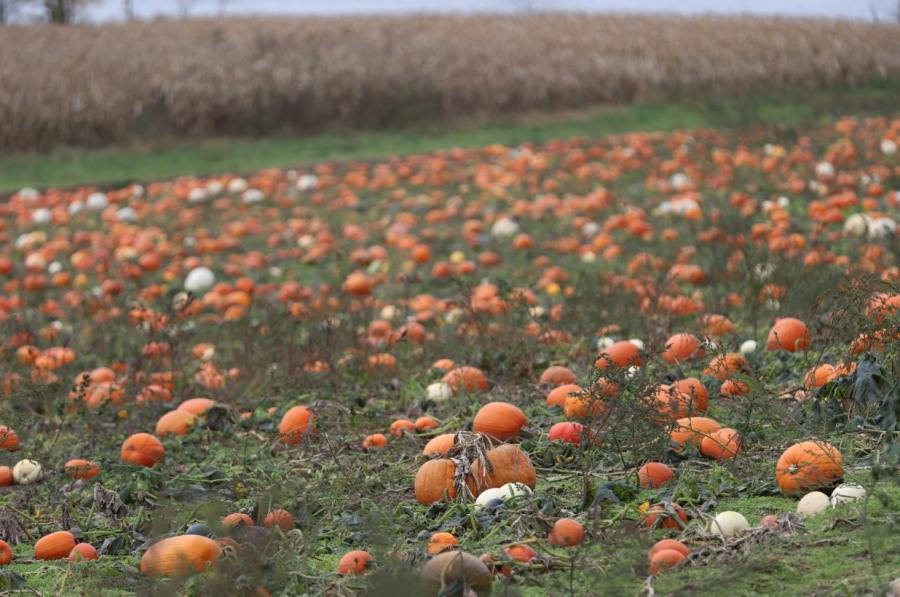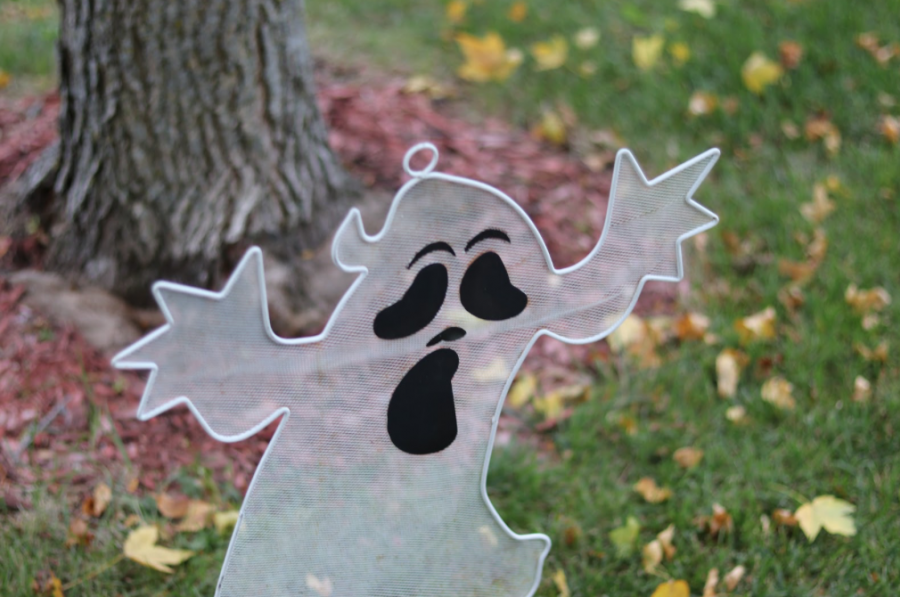Halloween 101
Many of pumpkins are likely to be carved into jack-o-lanterns or used for the creation of a food
October is nearing its close, which means Halloween is right around the corner. This year we can expect pumpkin-flavored everything, Jack-O-Lanterns, children dressing like their favorite Fortnite characters, and lots and lots of candy. But how did this joyous tradition come to be? So many people love this holiday, but very few know how it actually started.
The History
Halloween goes all the way back to over 2,000 years ago, originating from the Celtic tradition. The Celts were a group that lived in what is now Ireland, the United Kingdom, and Northern France. They created the holiday Samhain where they would wear costumes and sacrifice crops and animals to the Celtic gods via a large bonfire. During Samhain, they also attempted to predict each others’ futures.
For the Celts, October 31st marked the end of summer and was a sign that a cold dark winter was approaching. The day before the new year, the lines between the spiritual world and the living world were blurred, and the ghosts of the deceased returned to earth.
Eventually, in the eighth century, Pope Gregory III designated November 1st as a day to honor all saints. All Saints Day started to incorporate some of the same traditions as Samhain. The day before this, October 31st was called All Hallows Eve and evolved into what we now call Halloween.
Later on, the Romans ruled the Celtic territory for around 400 years and eventually incorporated two of their holidays into the Celts’ Samhain.
The first of these holidays was Feralia, a day that celebrated the dead. The other day honored Pomona, the Roman goddess of fruit and trees. Her symbol was an apple, which may explain why apple bobbing is something we do in modern times while celebrating Halloween.
By the ninth century, Christianity had started to influence the Celtic lands. In 1000 A.D. the church made November second All Souls’ Day, a holiday to celebrate the dead. Many people believe today that the church created this to replace the Celtic festival of Samhain with a church-approved holiday.
Halloween in America
In the beginning, Halloween was mostly celebrated in the southern colonies and England because of the strong Protestant beliefs the other colonies held.
Eventually, when the beliefs of different Western groups and Native Americans began to combine, an American version of Halloween came to be. In this version, they celebrated by having “Play Parties” where they danced, gave each other’s fortunes, and told stories of the dead. Along with this, they told ghost stories and caused mischief with all sorts of pranks.
Halloween was not wide-spread across America until the second half of the 19th century, when the Irish immigrants migrated here to escape the potato famine.
Americans borrowed from Old English and Irish traditions by dressing up and going to houses asking for food or money, which eventually turned into today’s “trick-or-treating.”
In the 1800s, Halloween turned into a more neighborly holiday. Newspaper articles urged parents to take anything frightening or spooky out of Halloween celebrations. By the 20th century, this had popularized parties that focused on games, seasonal food, and costumes, for children and adults alike.
Although Halloween has strayed from its origins as a holiday quite a bit over the years, it has turned into something that many people look forward to every year as a way to celebrate the incredible season of fall.








